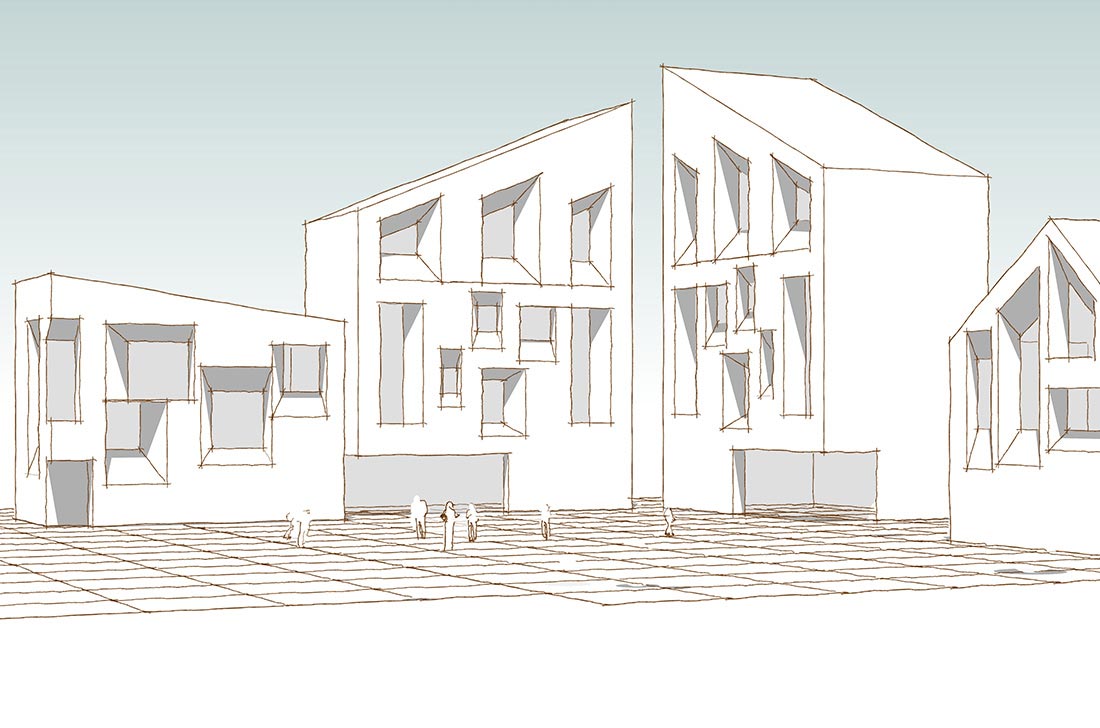Evidence-Based Design
Evidence-based design is crucial not only for individuals recovering from illness but also for enhancing the well-being of healthy individuals. By understanding the intersection of architecture and health, we can create built environments that promote healthier, happier, and more sustainable communities for future generations.
In contemporary society, the convenience of the built environment often exposes individuals to harmful factors that negatively affect their health. While exercise may offer some recovery benefits, we have found that many environments in modern society encourage unhealthy physical activity, and most people spend the majority of their time in environments that hinder their well-being. By addressing these harmful factors and promoting the right types of physical activity, we can achieve more positive health outcomes. Just as a building needs a strong foundation to stand tall and stable, the human body functions best when aligned upright against gravity.
While we draw on evidence-based design resources to understand how basic physical variables—such as air quality, thermal comfort, and acoustic performance—affect human health, we also have a unique approach to understanding how the environment impacts the body’s structure. Our clinical research and outcomes support this approach. This should be an essential strategy not only for Earth’s environment but also for pioneering the development of environments on other planets.
This approach takes a multidisciplinary perspective, incorporating factors such as user-centered design, biophilic elements, indoor environmental quality, active design, and social connectivity. By integrating these design strategies, individuals are naturally encouraged to adopt a more active lifestyle, experience improved emotional well-being, enjoy an enhanced quality of life, and achieve personal success.

